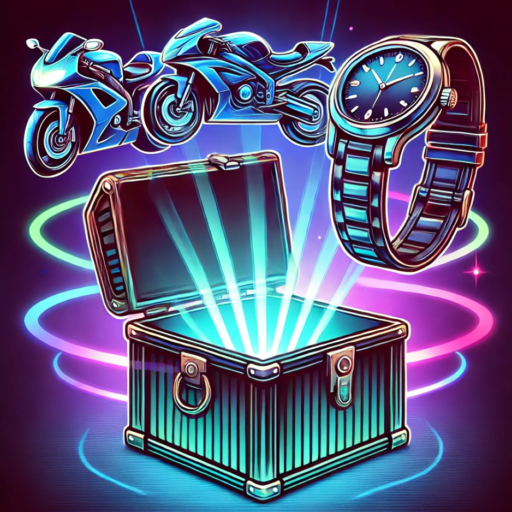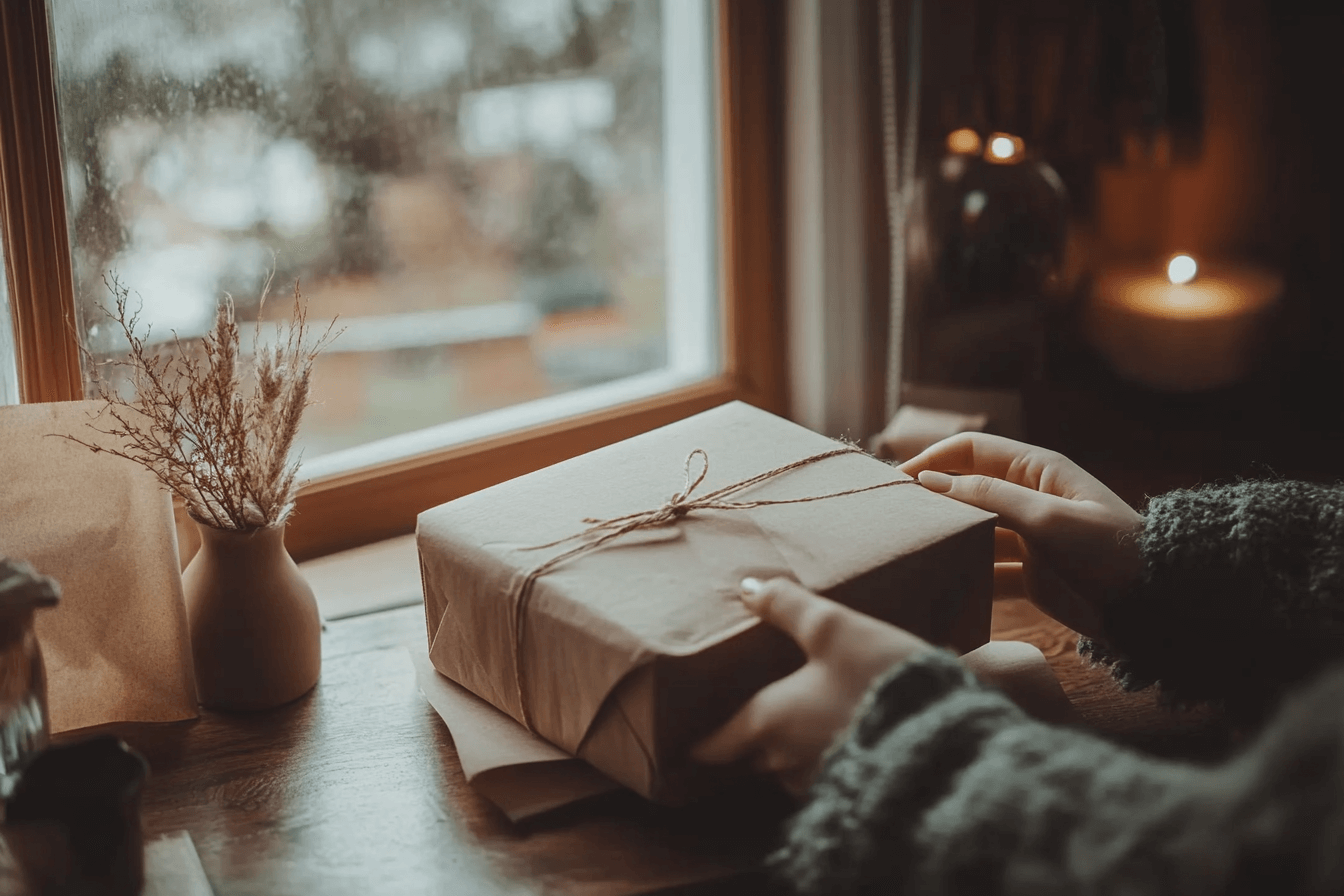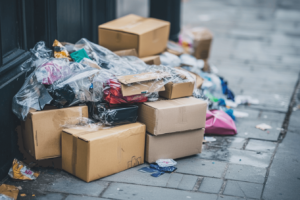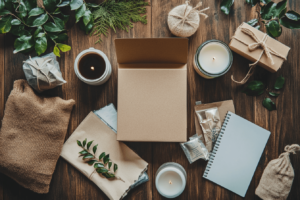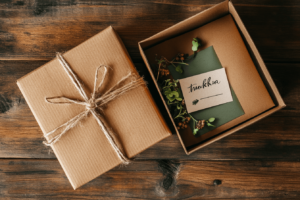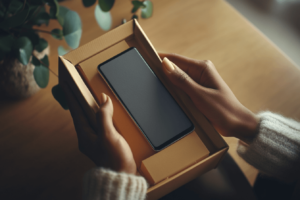The psychological power of surprise
Surprise is a powerful emotional trigger. It disrupts our expectations and forces us to pay attention. From an evolutionary standpoint, surprise may have helped our ancestors react quickly to unexpected threats or opportunities. Today, while our environments are more predictable, we still crave those moments that break the routine especially when they’re safe and rewarding.
In consumer behavior, surprise plays a central role in shaping perception. It elevates everyday experiences, turning them into memorable events. One area where this is especially evident is in the popularity of unboxing experiences. Whether it’s a new phone, a beauty subscription box, or a collector’s item, the moment of opening something unknown taps directly into our psychological wiring.
How our brain responds to the unexpected
When we encounter something unexpected, our brain activates several regions associated with emotion and attention. The amygdala detects novelty and signals a shift in our awareness. The prefrontal cortex gets involved as we try to make sense of the surprise. This process creates a unique, heightened moment of focus.
This neurological response explains why surprise enhances memory retention. Experiences that surprise us are more likely to be remembered, shared, and relived making them especially valuable in marketing and brand storytelling.
The role of dopamine in anticipation and reward
Dopamine is often called the « feel-good » neurotransmitter, but it’s more accurate to describe it as the « anticipation » chemical. When we expect a reward, dopamine levels rise, creating a sense of excitement. Interestingly, the highest dopamine spikes often occur just before we receive the reward not during or after.
Unboxing leverages this mechanism perfectly. The moment just before lifting the lid or peeling back the wrapping is loaded with anticipation. Our brain floods with dopamine, setting the stage for a strong emotional payoff once the contents are revealed.
Unboxing as a modern ritual
Unboxing has become more than just opening a package it’s a ritualized experience. It mimics the psychological arc of storytelling: a buildup, a climax, and a resolution. This transformation of a simple act into a narrative moment gives unboxing its emotional weight.
It’s no coincidence that unboxing often feels like a performance. There is a clear sequence, an attention to detail, and even a touch of drama. Whether done privately or in front of a camera, the ritual adds meaning and intensity to the experience.
From box to content: suspense as an emotional driver
Suspense plays a crucial role in unboxing. Not knowing exactly what’s inside especially with curated or surprise boxes amplifies the emotional response. This uncertainty keeps us mentally engaged and emotionally invested.
Even when the content is known, the packaging itself can build suspense. The layering of wrapping paper, the resistance of a sealed box, the slow reveal all of these elements delay gratification just enough to heighten the reward. It’s not just what’s inside the box; it’s how the reveal is structured that makes it feel special.
The sensory and emotional experience of unpacking
Unboxing is a multi-sensory experience. The sound of tearing paper, the texture of packaging materials, the visual aesthetics of branding all contribute to a holistic emotional reaction. These sensory cues anchor the memory of the product in a positive emotional context.
For brands, this means the unboxing experience is a critical touchpoint. A well-designed package can elevate the perceived value of a product, while a careless one can undermine the customer experience. The details matter people notice, and they remember.

How unboxing influences buying behavior
The act of unboxing has a ripple effect on consumer psychology. It not only impacts how people feel about a product but also how they talk about it, rate it, and whether they return for more. It can even influence the buying decisions of others who witness the unboxing, whether in person or online.
For businesses, understanding the behavioral impact of unboxing can be a game-changer. It’s not just about the product itself but the entire experience surrounding it.
Surprise marketing: building anticipation
Brands have tapped into the power of surprise by incorporating it into their marketing strategies. Limited-edition packaging, mystery boxes, and randomized product inserts create an added layer of excitement. These tactics build anticipation and make customers feel like they’re part of something exclusive or special.
The success of campaigns like “blind boxes” in the toy industry or beauty advent calendars shows how much people are willing to engage and spend for the thrill of surprise. When done well, this approach transforms a simple transaction into an emotionally rich experience.
Why we’re so drawn to unboxing videos
Unboxing videos combine several psychological triggers: surprise, anticipation, and shared experience. Viewers get to live vicariously through someone else’s discovery. There’s also a comforting predictability to the format that appeals to our desire for structure and resolution.
These videos tap into mirror neurons, the same brain mechanisms that allow us to empathize with others. When someone opens a gift or reacts with joy, we experience a bit of that joy ourselves. It’s entertainment, but it’s also emotional contagion and it works.
A social and cultural phenomenon
Unboxing has become a cultural staple, especially in online communities. It’s more than product discovery it’s content creation, storytelling, and social bonding. People don’t just unbox for themselves anymore; they do it to connect with others.
This shift reflects broader changes in how we experience consumption. It’s not only about owning but about sharing, reacting, and being part of a collective moment.
Sharing the unboxing moment on social media
Platforms like YouTube, TikTok, and Instagram have made unboxing a social event. Hashtags, live streams, and reaction videos turn private consumer moments into public experiences. This creates a feedback loop where brands design for the camera, and consumers expect “Instagrammable” packaging.
Social media amplifies the reach of unboxing. A single video can influence thousands, sometimes millions, of potential buyers. It’s user-generated marketing that feels authentic, emotional, and persuasive.
Community and connection through discovery
Unboxing fosters a sense of belonging. People join forums, subscribe to niche boxes, and engage with creators who share their interests. Whether it’s tech gadgets, collectibles, or artisanal snacks, these communities turn the act of opening a box into a shared cultural experience.
There’s also a nostalgic element unboxing echoes the childhood joy of opening presents. It’s a socially acceptable way for adults to recapture that magic, but with modern packaging and peer validation.
Toward an emotion-driven economy
As consumer expectations evolve, emotional impact becomes a key differentiator. People want more than just functionality; they seek experiences that resonate. The brands that succeed are those that understand how to tap into deeper psychological needs.
Unboxing is one such moment of emotional engagement. It condenses the brand’s promise, aesthetic, and story into a tangible, time-bound event that customers can feel.
How brands leverage the element of surprise
Leading brands design every aspect of the unboxing with intention. From the colors and materials to the pace of the reveal, each element is crafted to elicit emotion. Some go further by adding unexpected extras a personalized note, a free sample, or a hidden message.
These surprises reinforce brand loyalty. They show that the brand sees the customer as more than a transaction. In turn, customers feel seen, appreciated, and more likely to come back.
The future of packaging in customer experience
Looking ahead, packaging will play an even greater role in shaping brand identity and customer satisfaction. As sustainability concerns grow, brands must balance eco-conscious materials with engaging design. Innovation in this space like reusable containers, smart packaging, and augmented reality will redefine what unboxing means.
Ultimately, unboxing is a mirror of our emotional relationship with consumption. It turns a simple act into a meaningful experience. And in a world saturated with products, it’s that experience that makes all the difference.
